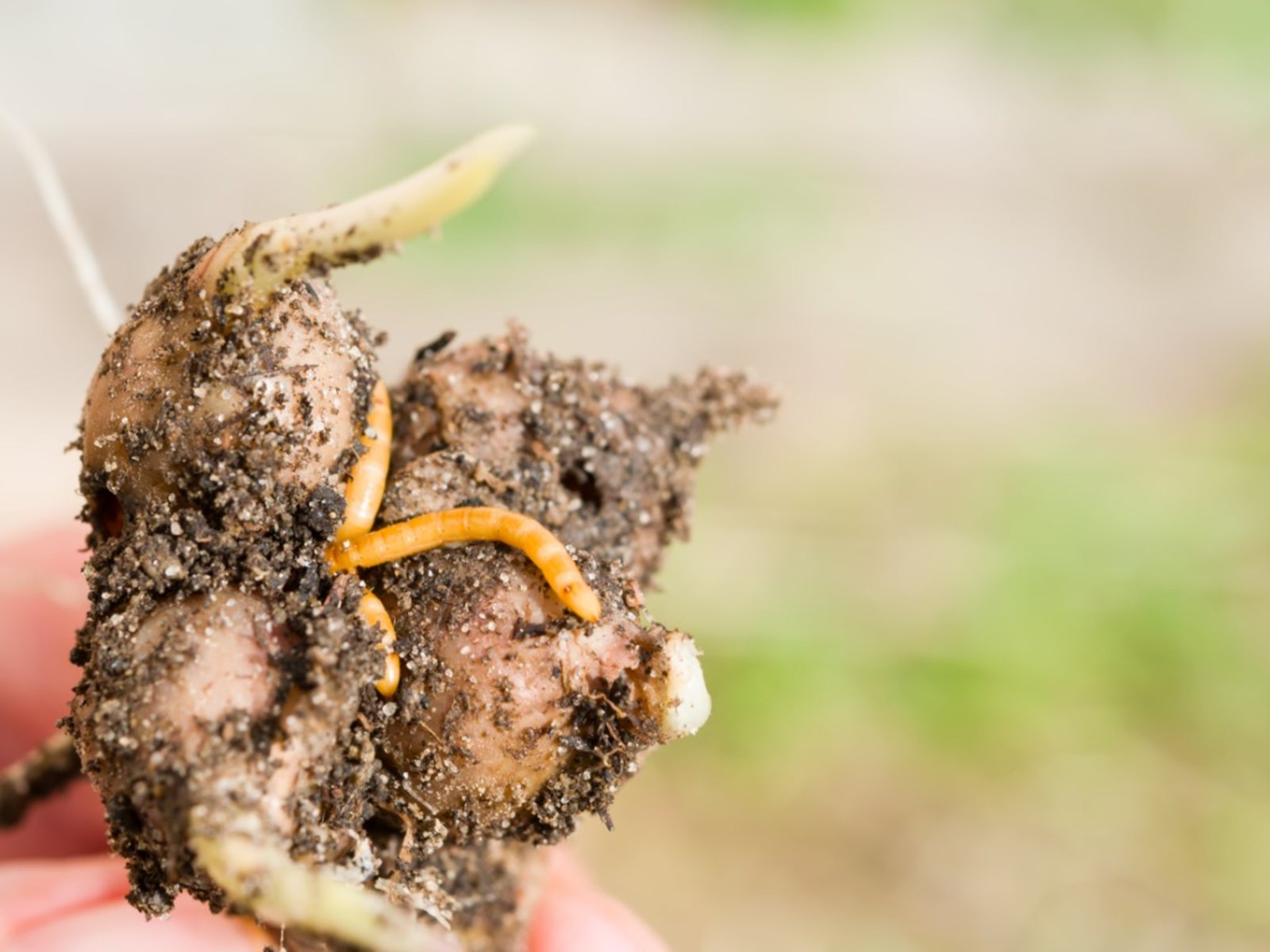Wireworm Control: How To Get Rid Of Wireworm Pests

Wireworms are a major source of grief among corn farmers. They can be very destructive and difficult to control. While not as common in the home garden, learning more about the control of wireworms and how to get rid of wireworm pests in the event they do pop up is your best line of defense. Let's find out what are wireworms in the garden.
What are Wireworms?
Wireworms are the larvae of what is commonly known of as the click beetle. The click beetle gets its name from the clicking sound it makes when trying to flip itself over from on its back. Wireworms have a very slender, hard body; are yellow to brown in color; and range in size from ½ to 1 ½ inches (1.3 to 3.8 cm.) in length. These pests can cause significant damage to young corn and other plants. Wireworms take from 2 to 6 years to mature, and larvae will live and overwinter in the soil to depths of 24 inches (60 cm.). When temperatures reach around 50 F. (10 C.), larvae will move closer to the soil surface and return to deep soil again when the temperatures soar above 80 F. (27 C.).
Wireworm Damage
Wireworm damage to commercial corn crops occurs when larvae eat the germ inside the corn kernels. They will eat the entire inside, leaving only the seed coat. Wireworms can also tunnel into parts of the roots or stems of young plants causing stunted growth and wilted leaves. Other crops that can be damaged by wireworms include barley, potatoes, wheat and clover. Damage is most likely to occur when the plants are young and the weather turns cold, causing seed germination to slow down. Wireworm infestations are also found in areas of the crop field that retain a great deal of moisture.
How to Get Rid of Wireworm Pests
Wireworm control involves taking a soil sampling for wireworms or inspecting the soil after plowing in the fall. Dry flour baits can be inserted into the soil using a corn planter. Twenty-five baits should be put out per acre, and these traps should be checked every couple days. If the bait stations have at least two or more wireworms each, crop damage is possible. In the home garden, chunks of potatoes can be set in the ground with a skewer as a decoy trap. The skewer should be pulled out with the potato once a week and thrown away with the larvae. While several insecticides are labeled for wireworm control and applied prior to or at the time of planting, there are no treatments once these pests have infected crops. All infected plants should be removed from the garden and disposed of immediately upon identification. Check with your local county agent for a list of wireworm insecticide pre-treatments.
Sign up for the Gardening Know How newsletter today and receive a free copy of our e-book "How to Grow Delicious Tomatoes".